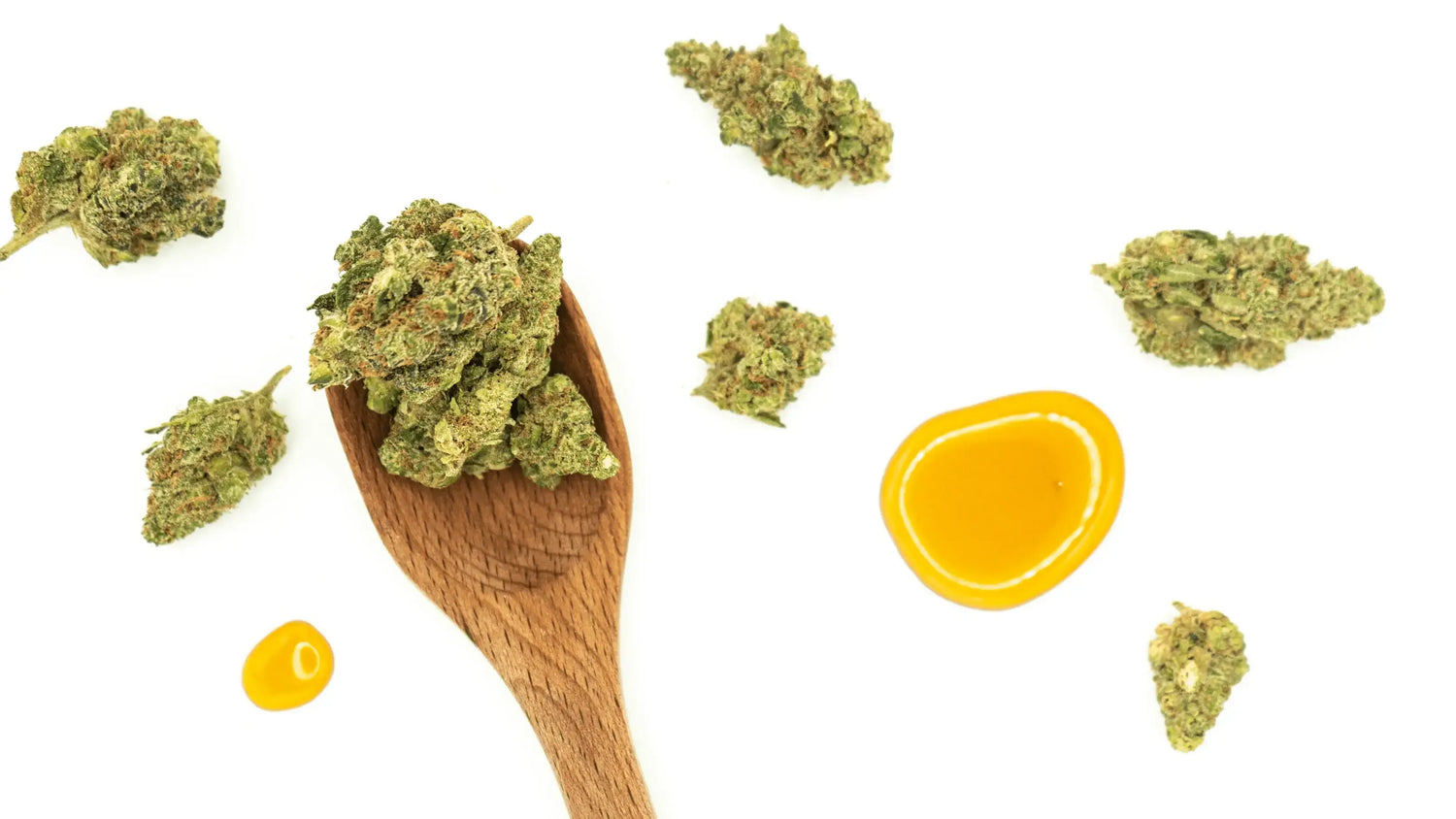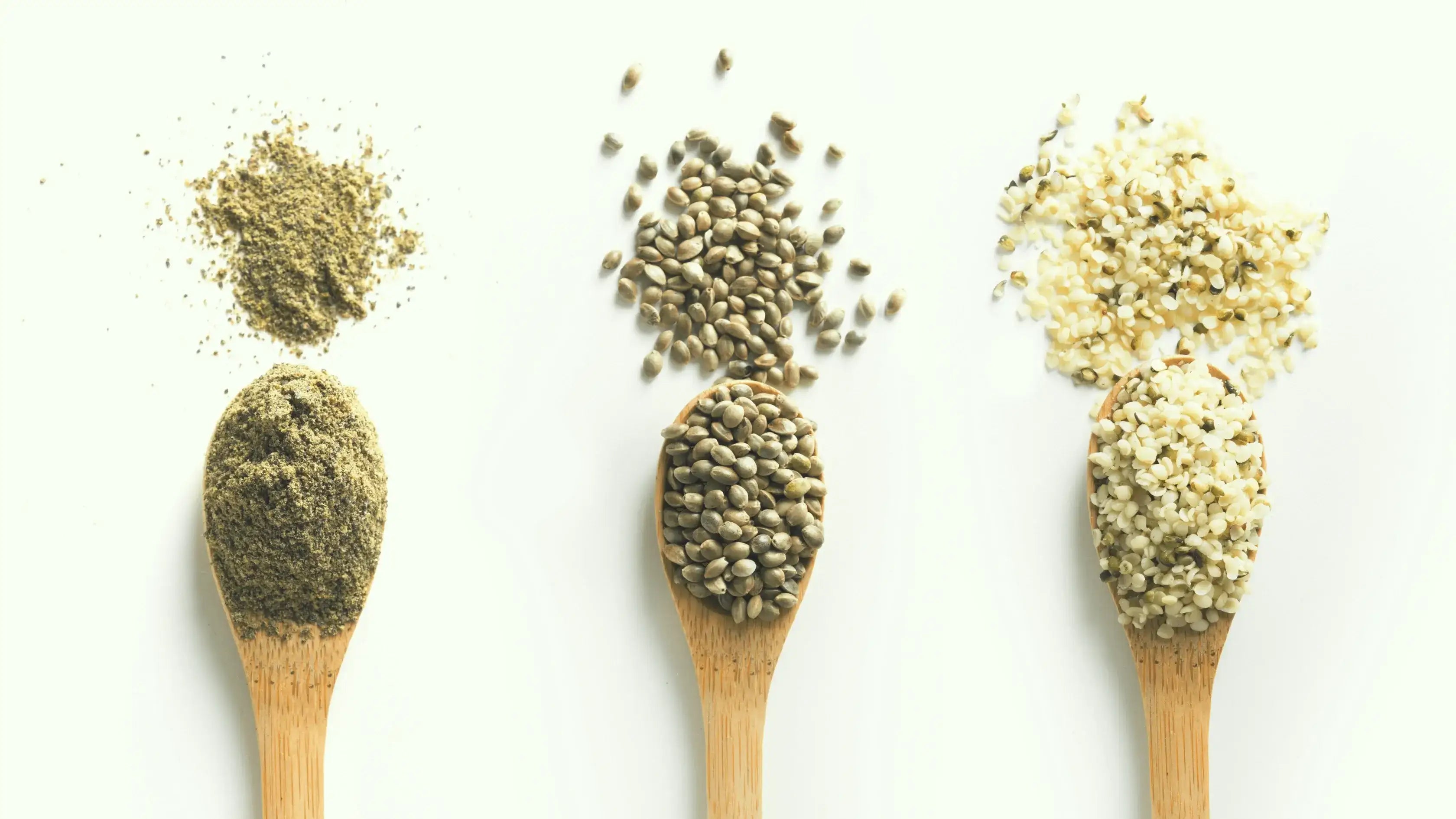Making your own cannabis edibles can be such a rewarding process. Besides being able to customize your ingredients and optimize the potency, making homemade cannabis edibles will save you a ton of money. You may even decide to start a cottage business and sell some of your creations to family and friends.
You don’t need the best ganja for edibles since most of the terpenes boil away during the cooking process. All you need is to know how to make simple cannabis infusions, and you’ll be able to add them to your favorite recipes. But first, you’ll have to decide which oils you’ll use for your infusions.
The best oil for marijuana edibles is the subject of much debate. Some cooks prefer cannabutter, while others swear by coconut oil infusions. When you’re shopping for the best oils for your cannabis infusions, you’ll want to consider things like:
- Your dietary needs: Are you or your loved ones vegan or allergic to certain ingredients?
- The types of edibles you plan to make: Different oils work better for specific recipes.
- Oil infusion rates: Some fats are more efficient than others in extracting cannabinoids.
- Shelf-life: You may want to choose less perishable fats and oils if you’re not planning to use your infusions immediately.
Making Marijuana Edibles with Butter

Cannabutter is the old standard for making edibles. Infused butter is perfect for baking traditional pastries, making gravies and roux, or simply spreading on toast. Butter is more economical than many oils and makes a better choice for people who are allergic to nuts.
Butter typically offers the highest infusion rate of all the fats used for edibles, ranging around 93%. You’ll get the best results if you start with unsalted European butter, which is higher in fat than the typical style sold in US grocery stores.
Unfortunately, butter has a smoke point of around 300℉, so it’s not really appropriate for frying. If you plan to cook at higher temperatures, you’ll want to use clarified butter, also known as ghee. You can buy readymade ghee online or in health food stores or you can clarify your own butter at home.
Butter Pros and Cons:
- Inexpensive
- High infusion rate
- Not suitable for vegans or people who are lactose intolerant
- Not suitable for topicals
- Less shelf life than many oils
Using Coconut Oil for Cannabis Edibles

Coconut oil is the most versatile fat to use for cannabis edibles. You can use coconut oil for making vegan baked goods, cooking at higher temperatures, or creating DIY cannabis topicals. You can even use coconut oil for making intimate CBD hygiene products or weed lube!
Coconut oil is also packed with health benefits. It has antibacterial properties and is made up of medium-chain triglycerides, which may promote heart health and help with weight loss.
Keep in mind that coconut oil is solid at room temperature, so you may need to melt it first, like with butter. Additionally, coconut oil has an 82% infusion rate, making it slightly less efficient in extracting cannabinoids from flower.
Coconut Oil Pros and Cons:
- Versatile
- Many health benefits
- Can get expensive
- May provoke reactions in people with allergies
Don’t Waste a Drop of Your Infusion.
Test THC & CBD potency with tCheck to maximize your cannabis investment.
Ensure every infusion is perfect.
Test Your Infusion Now →
MCT Oil for Marijuana Edibles

Medium-chain triglyceride (MCT) oil comes from coconuts. The human body can easily process MCT oil, which gives MCT infusions a higher absorption rate. Cannabis infusions with MCT oil tend to hit the bloodstream quicker, so you won’t need to wait as long to feel the effects. This type of oil is excellent for medicinal tincture meant to be taken sublingually. MCT oil, whether infused or not, also provides a noticeable energy boost.
MCT Oil Pros and Cons:
- Better bioavailability
- Around 91% infusion rate
- Infusions kick in faster
Weed Infusions with Olive Oil

We’ve known about olive oil’s many therapeutic benefits for decades. Olive oil is high in oleic acid, which reduces inflammation, may help fight cancer, and has been shown to reduce the risk of strokes and heart disease.
While olive oil doesn’t have the best flavor for sweet recipes, it’s ideal for making salad dressings and Italian foods like homemade pesto and bruschetta. People in healthy Mediterranean Blue Zones seem to put it on everything. Olive oil has an 83% infusion rate, giving it about the same efficiency as coconut oil.
Olive Oil Pros and Cons:
- High in oleic acid
- Perfect for salad dressings
- Can be used for topicals
- High-quality, extra-virgin olive oil can be expensive
Using Canola Oil for Infusions

The smoke point for canola oil is around 400℉, so you can use it for high-temperature cooking, such as deep-frying. Canola oil is relatively inexpensive and has some vitamins and essential fatty acids, but it’s not as healthy as olive oil or coconut oil.
Canola Oil Pros and Cons:
- Great for frying
- Inexpensive
- Not as healthy as other oils
Red Palm Oil for Marijuana Edibles

Red palm oil is a popular option for vegans who want to add a buttery taste to their dishes. However, many people don’t like the fake butter taste, so you may want to hide the palm oil infusion in a spicy recipe.
Consumers should also consider the environmental impact before choosing palm oil for cannabis infusions. Palm oil plantations are destroying many habitats around the world and adding a considerable amount of pollution to the environment.
Red Palm Oil Pros and Cons:
- Rich in antioxidants
- Environmental issues
- Flavor can be off-putting
Cannabis Edibles with Avocado Oil

Avocado oil is also high in oleic acid and antioxidants like vitamin E. Avocado oil has also been shown to increase good cholesterol. Additionally, some experts suggest that avocado is easier to digest and possibly more bioavailable than many other oils. Avocado oil offers an infusion rate comparable to butter and has an ultra-high smoke point of over 500℉, making it an excellent option for soups and stir-fried vegetables.
Avocado Oil Pros and Cons:
- Many health benefits
- High-smoke point
- High infusion rate
- Can be expensive
Other Oils for Weed Edibles
The list of potential oils to use for cannabis infusions is virtually endless. Nut oils like walnut oil and almond oil offer unique flavors and are beneficial for hair and skin health. Grapeseed oil is also an option, especially for small batches of tinctures and topicals.
Some cheaper types of fats will work for making cannabis extractions, but we don’t recommend them. Most cannabis cooks avoid making infusions with shortening, margarine, and low-quality oils containing trans fats.
Calculating the Potency of Your Cannabis Oil Infusions
Infusion rates of each oil are only estimates, and there is some disagreement among experts as to exact infusion rates for each type of oil. The actual rates will depend upon factors like how complete of a decarb you get and how long you infuse your oil. The only way to know the precise level of cannabinoids in your infusions is to send them out for lab testing or purchase a home cannabis potency tester like tCheck.








